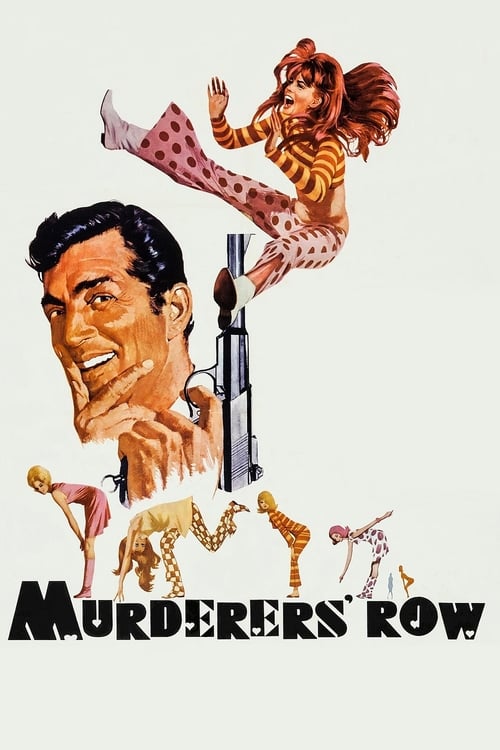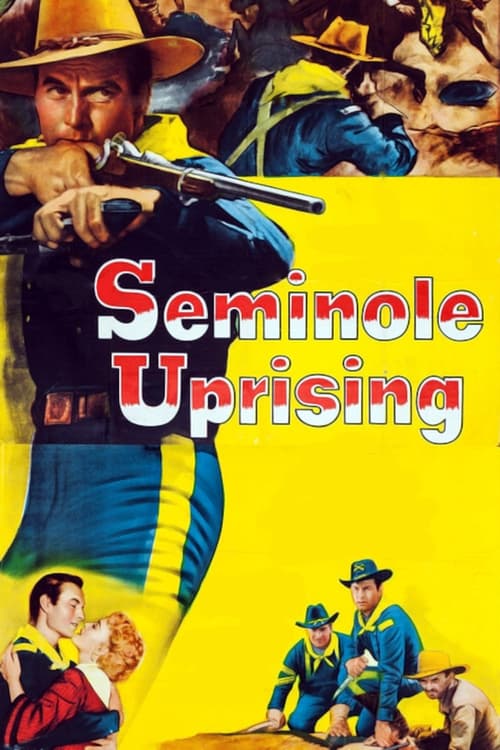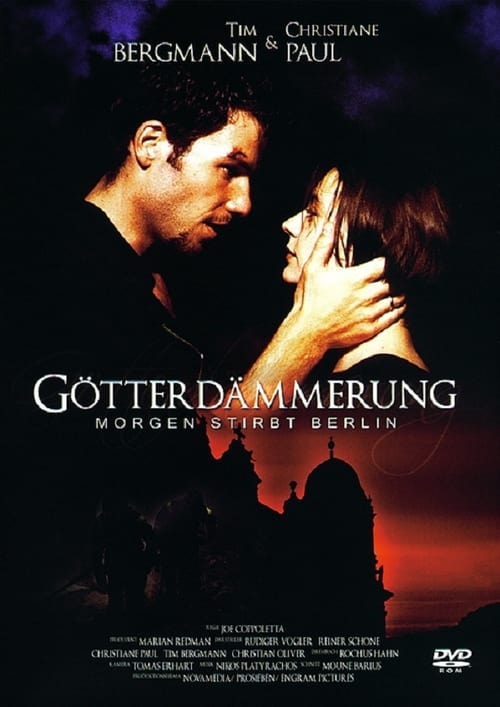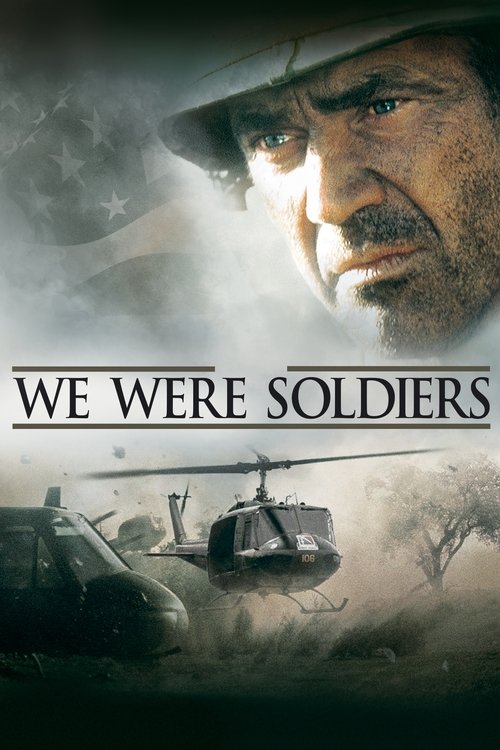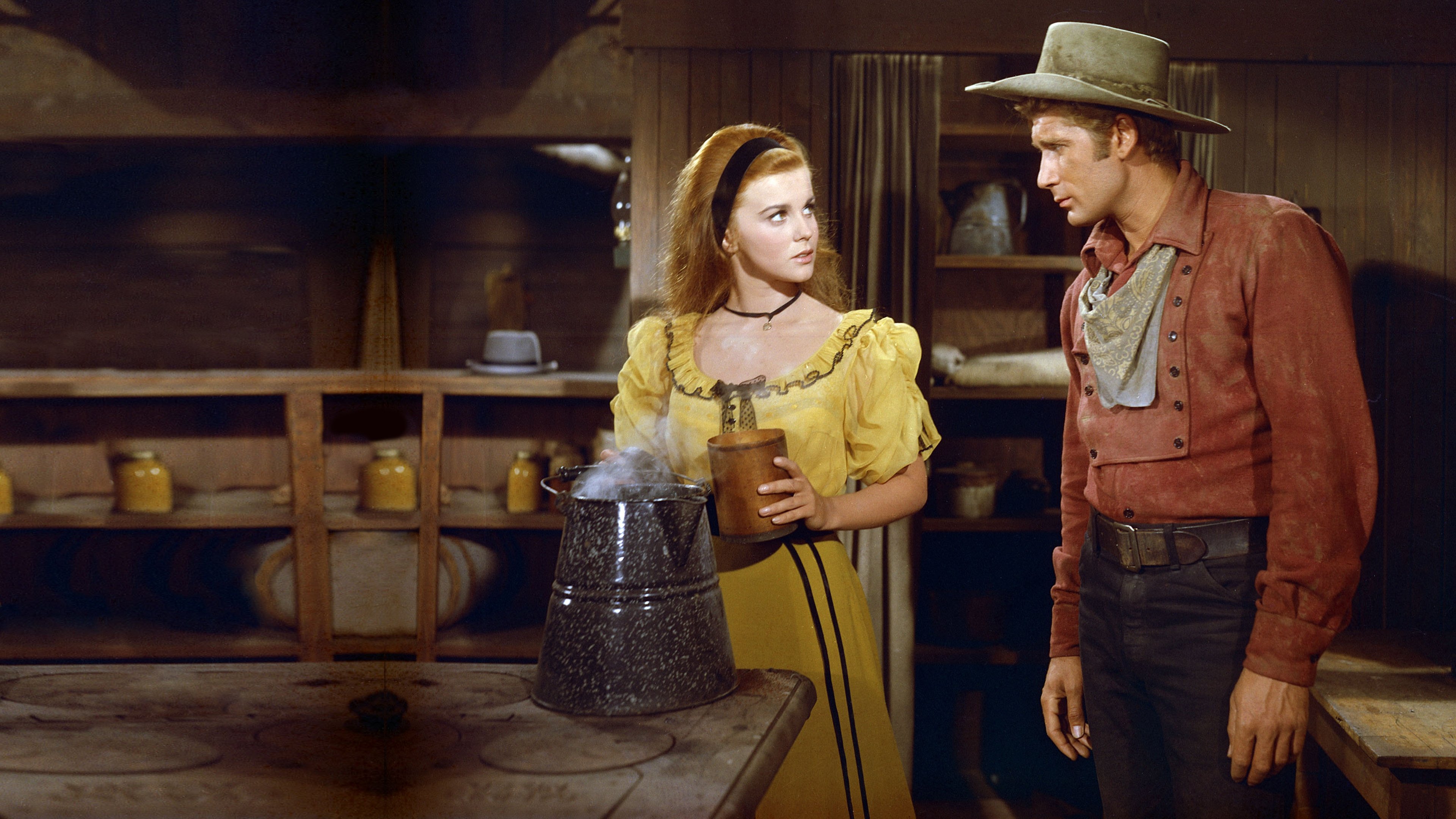
1966
Stagecoach
Western
7.0
User Score
45 Votes
Status
Released
Language
en
Budget
$0
Production
20th Century Fox
Overview
A group of unlikely travelling companions find themselves on the same stagecoach to Cheyenne. They include a drunken doctor, a bar girl who's been thrown out of town, a professional gambler, a travelling liquor salesman, a banker who has decided to embezzle money, a gun-slinger out for revenge and a young woman going to join her army captain husband. All have secrets but when they are set upon by an Indian war party and then a family of outlaws, they find they must all work together if they are to stay alive.
Review
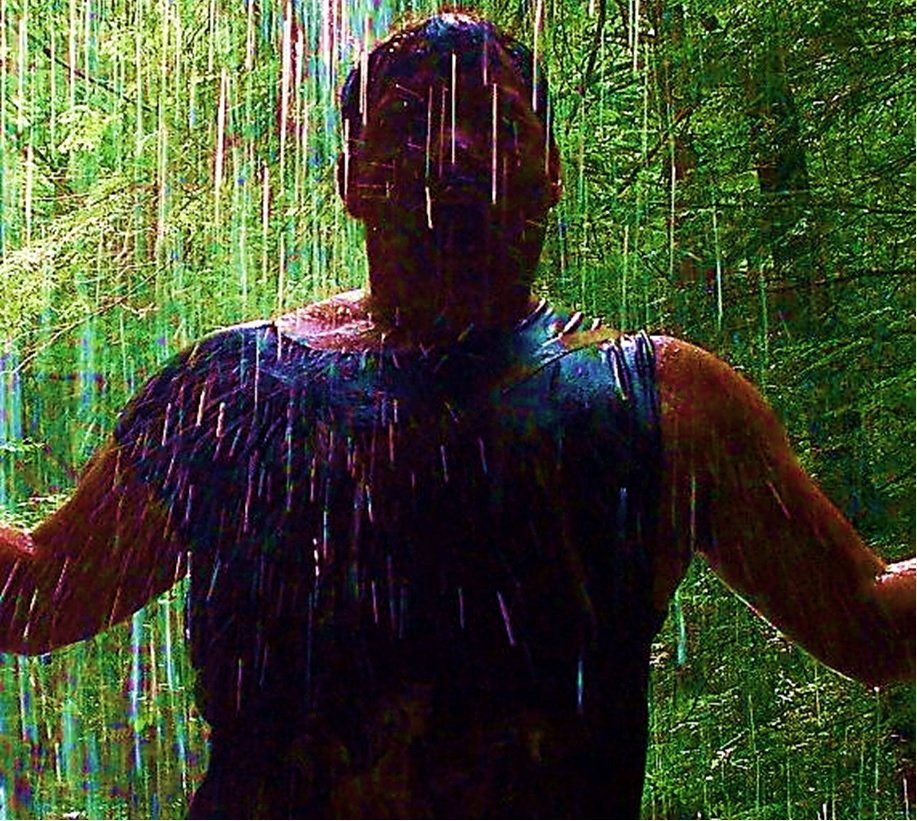
Wuchak
8.0
Worthy color remake of the classic Western with Ann-Margret, Van Heflin and Alex Cord
This 1966 version of "Stagecoach" is a color remake of the classic B&W Western from 1939. There would be another remake in 1986 featuring country stars of the era.
The story revolves around nine characters circa 1880 that travel on a stagecoach through a mountainous area where a group of Indians are on the warpath. The people include a somewhat goofy driver (Slim Pickens) and his shotgun, a marshal (Van Heflin); inside the coach are an outcast prostitute (Ann-Margret), an escaped prisoner named the Ringo Kid (Alex Cord), a pregnant woman traveling to meet up with her officer husband (Stefanie Powers), a suave Southern gambler who knew the lady's father during the Civil War (Mike "Mannix" Connors), an alcoholic doctor (Bing Crosby), a crooked banker (Bob Cummings) and a meek whiskey salesman (Red Buttons).
The first two-thirds of the film is mostly character development as the group travels on the stagecoach in the high country and spends the night here and there. The last third involves an action-packed Indian attack and the Ringo Kid settling scores. The story has been opened out and enlarged in comparison to the 1939 version; there's more action and Native attack is thrilling, showcasing some wild stunt work. What was a short climatic showdown in the 1939 version is a bigger shootout accompanied by a saloon blaze. Plus this rendition is in color and is all-around more modern (as far as filmmaking goes) than the old vibe of the '39 version.
Although times have changed dramatically since the late 1800s there's not a lot of difference in some ways. People are people whatever the time period and certain behaviors or lifestyles will never be respected by society at large no matter how "progressive" (degenerate) we become, like being a prostitute or drunkard. It's just the moral facts of life.
The film works because it establishes the characters well and effectively builds suspense concerning the Natives. The outcasts prove their worth one way or another because they each want redemption or to make things right. The doctor may be a drunk but no one else present can do what he can; the saloon girl is repeatedly overlooked or disrespected until the Ringo Kid stands up for her honor, an outlaw, no less. The marshal must perform his duty, but how do you take in an "outlaw" when you've just been through a life or death situation together and he was instrumental in the group’s survival?
The year after this remake there was a sorta semi-remake, the excellent "Hombre" (1967) wherein there are some blatant similarities: Both films include a stagecoach journey with travelers from different walks of life; there’s a "fine upstanding citizen" who has a satchel of pilfered cash, a stagecoach driver, and a prim society woman. They’re both good, but I give the edge to “Hombre.” “Stagecoach” seems old fashioned by comparison, no doubt due to its 1939 prototype.
The film runs 1 hour, 55 minutes (19 minutes longer than the original) and was shot in the high country of Colorado (Caribou Country Club Ranch at Nederland).
GRADE: B+/A-
Read More 
